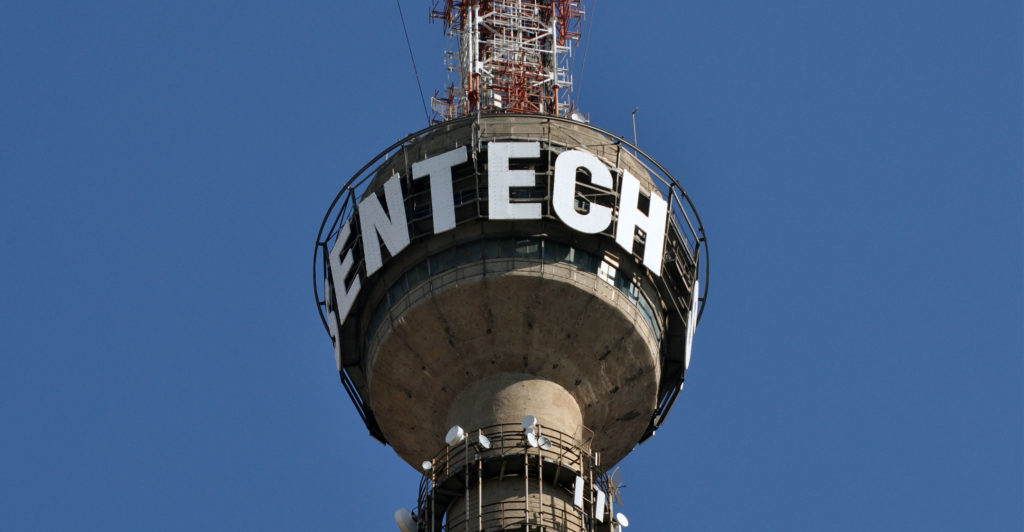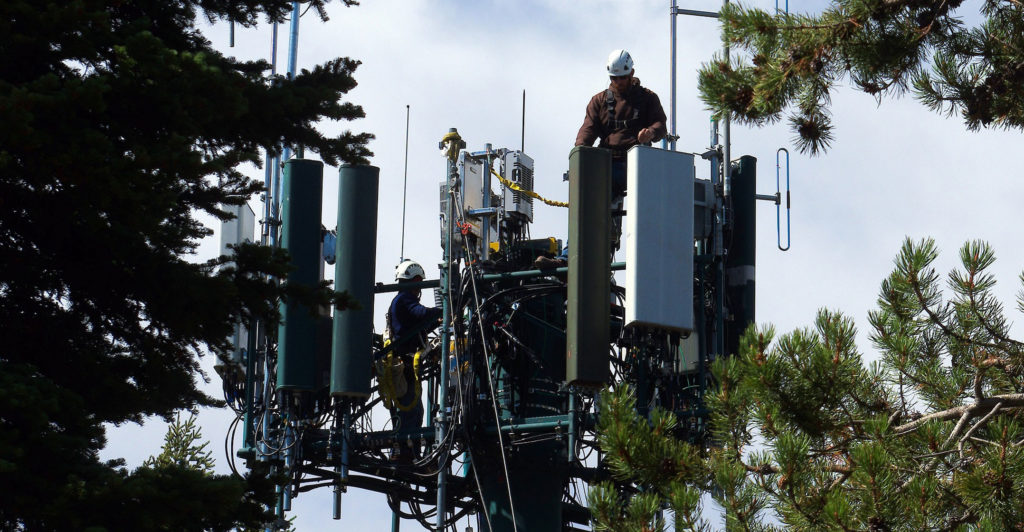 Even when South Africa has completed the switch-off of analogue television broadcasting signals as part of the long-delayed broadcasting digital migration project, spectrum may still not be available for broadband operators.
Even when South Africa has completed the switch-off of analogue television broadcasting signals as part of the long-delayed broadcasting digital migration project, spectrum may still not be available for broadband operators.
That’s because the country still has to go through a complex process called “digital restacking”, during which broadcasters are moved out of the spectrum bands that operators such as Vodacom, Telkom and MTN are keen for access to so they can expand their mobile broadband coverage.
In a submission to Icasa on the communications regulator’s plan this year to license spectrum in a range of bands — including those currently used by the SABC, e.tv and other broadcasters — state-owned broadcasting signal distributor Sentech has warned that digital restacking is not a simple process and will take time.
“The restacking process can only be implemented after analogue switch-off as the current DTT (digital terrestrial TV) network was fitted around the existing terrestrial analogue services,” it said.
“The restacking process will most probably be a phased hard switch-over approach and therefore requires meticulous planning and implementation progression to ensure that existing DTT services are not interrupted.”
South Africa is now almost five years beyond the deadline agreed to with the International Telecommunication Union, an agency of the United Nations, to complete the digital migration project. Though Sentech has been broadcasting digital signals for years, most (non-satellite) viewers continue to rely on analogue broadcasts.
New deadline
Communications minister Stella Ndabeni-Abrahams said earlier this year that she wants the migration to be completed by 2021. However, this is just the latest in a long list of deadlines. Ivy Matsepe-Casaburri, the communications minister in the Thabo Mbeki administration, had set an initial deadline of 2010 to finish the project.
Telecoms operators are champing at the bit for access to the spectrum used by the broadcasters — the so-called “digital dividend” bands of 700MHz and 800MHz — which are well suited to improving urban coverage and expanding mobile broadband services in rural areas at lower cost.
Sentech, citing the experience of the Australian Communications and Media Authority, said restacking is a three-pronged process: government has to announce and implement analogue switch-off; DTT services must be migrated to below 694MHz; and only then can an invitation to apply for access to the digital dividend bands be issued.
 “Sentech acknowledges that while the migration of DTT services to below 694MHz cannot occur prior to the national implementation of analogue switch-off, the invitation-to-apply process initiated with the gazetting of Icasa’s Information Memorandum conditionally does not impact of the first two events above,” it said.
“Sentech acknowledges that while the migration of DTT services to below 694MHz cannot occur prior to the national implementation of analogue switch-off, the invitation-to-apply process initiated with the gazetting of Icasa’s Information Memorandum conditionally does not impact of the first two events above,” it said.
“Sentech is in support of the process, with the understanding that there is an opportunity for Icasa to discuss with the broadcasting industry the possibility of deployment (of broadband services) in the 700MHz and 800MHz bands, albeit in pockets.”
It said Icasa must consider the “likely competition issues” of introducing mobile broadband services in pockets in these bands.
The company said it supports an acceleration of analogue switch-off to allow for the restacking process to commence as soon as possible. — (c) 2020 NewsCentral Media




